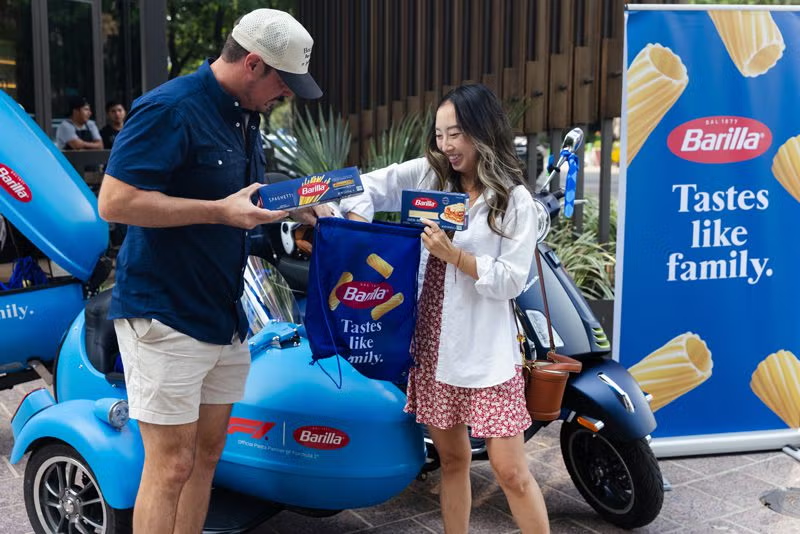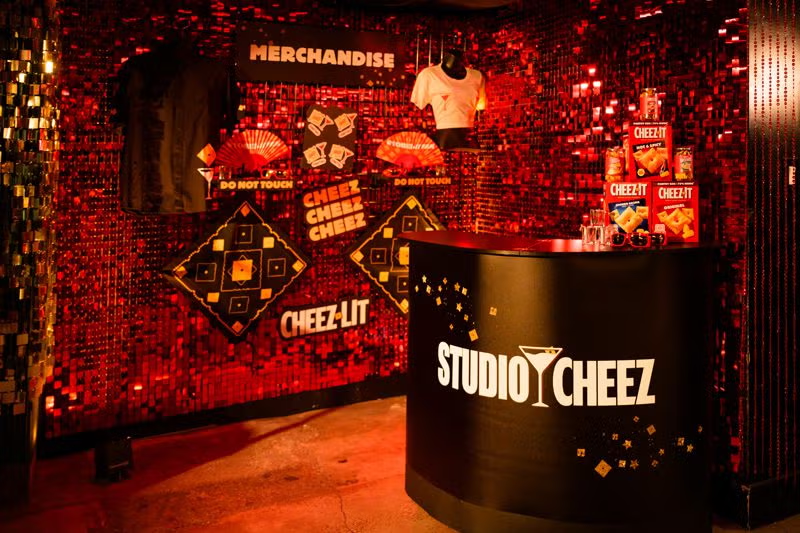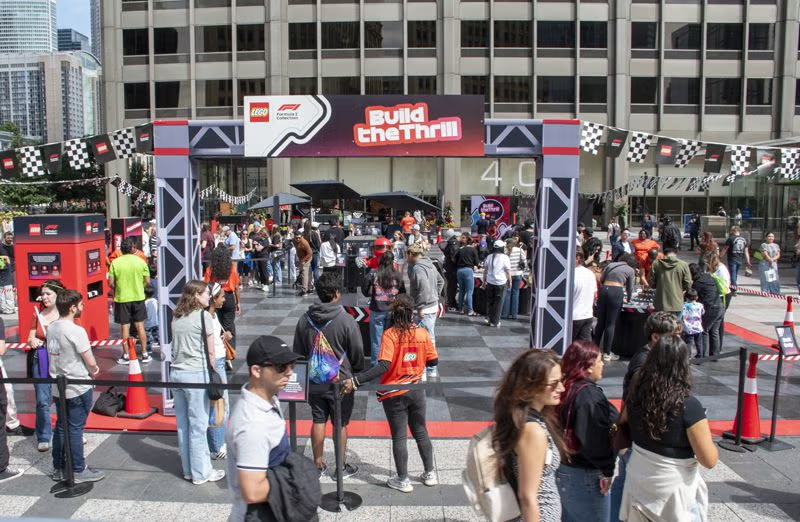Super Bowl LVIII marked a pivotal moment in brand engagement, where corporate sponsorships evolved into dynamic, immersive experiences that captivated audiences beyond the confines of the stadium. Companies harnessed cutting-edge digital innovations, interactive activations, and real-time social media integrations to foster deeper connections with fans, transforming passive spectators into active participants.
With a global audience exceeding one hundred million viewers, the Super Bowl remains an unparalleled marketing platform, allowing brands to amplify visibility, engage consumers, and cultivate lasting loyalty. Traditional advertising has given way to experiential strategies that provide direct, hands-on interactions with products and services. These campaigns extend beyond the event itself, embedding brands into the fabric of consumer experiences and reinforcing their presence long after the final whistle.
Las Vegas, with its reputation for entertainment and high-profile events, provided an ideal setting for large-scale activations. The city’s bustling Strip, high-traffic entertainment venues, and luxury resorts became prime locations for brand-driven experiences. From pop-up installations to private hospitality lounges catering to influencers and celebrities, these activations extended the Super Bowl’s economic impact, generating significant revenue for local businesses and cementing Las Vegas’ status as a premier destination for marquee events.
Leading global brands introduced high-concept activations designed to blend spectacle with consumer interaction. Nike’s “Athlete House” immersed fans in an advanced training environment where they tested next-generation performance gear. Pepsi curated an exclusive series of unannounced concerts featuring top-tier artists, seamlessly merging live entertainment with brand storytelling. Verizon leveraged its 5G technology to power interactive fan zones, offering real-time data insights and mobile-first experiences that enhanced engagement. These activations transcended traditional marketing, embedding brands into the Super Bowl experience in a way that resonated long after the event.
The convergence of sports, entertainment, and influencer culture played a crucial role in shaping activations. High-profile celebrities and musicians lent their star power to branded experiences, elevating their cultural impact. Fashion labels capitalized on the event’s significance by launching limited-edition Super Bowl-themed releases. This cross-industry integration reinforced brand relevance, positioning companies at the intersection of sports, music, and lifestyle.
Experiential marketing emerged as a dominant strategy, allowing brands to foster direct engagement with consumers. Bud Light introduced a virtual tailgate, creating a digital space where fans could interact with athletes and influencers in real-time. Doritos launched an augmented reality challenge, rewarding participants with exclusive digital collectibles. These interactive campaigns deepened consumer relationships, transforming brand interactions into memorable, participatory experiences.
Technology played a defining role in Super Bowl LVIII activations. Augmented reality overlays provided real-time player statistics and branded visual enhancements, while virtual reality transported fans behind the scenes for exclusive stadium access and player interactions. AI-driven personalization refined brand engagement, tailoring content and experiences to individual preferences. These advancements redefined how brands interact with audiences, making activations more customized, immersive, and impactful.
Social media served as a powerful amplifier, ensuring brand activations extended far beyond the stadium. Companies maximized reach through TikTok challenges, Instagram live streams, and hashtag-driven campaigns that encouraged user participation and organic content creation. These strategies transformed activations into viral moments, expanding their impact across digital platforms and reinforcing consumer engagement at scale.
The Super Bowl Halftime Show remained a crucial branding opportunity, with companies strategically aligning with the headlining artist. Limited-edition product drops, exclusive behind-the-scenes content, and cross-promotional partnerships leveraged the cultural significance of the performance, driving additional visibility and consumer interaction.
Super Bowl LVIII underscored the continuous evolution of brand engagement, where technology, interactivity, and experiential marketing redefine traditional advertising. As consumer expectations shift toward immersive and participatory experiences, future activations will likely push the boundaries even further, leveraging innovation to create deeper, more meaningful connections between brands and audiences.















